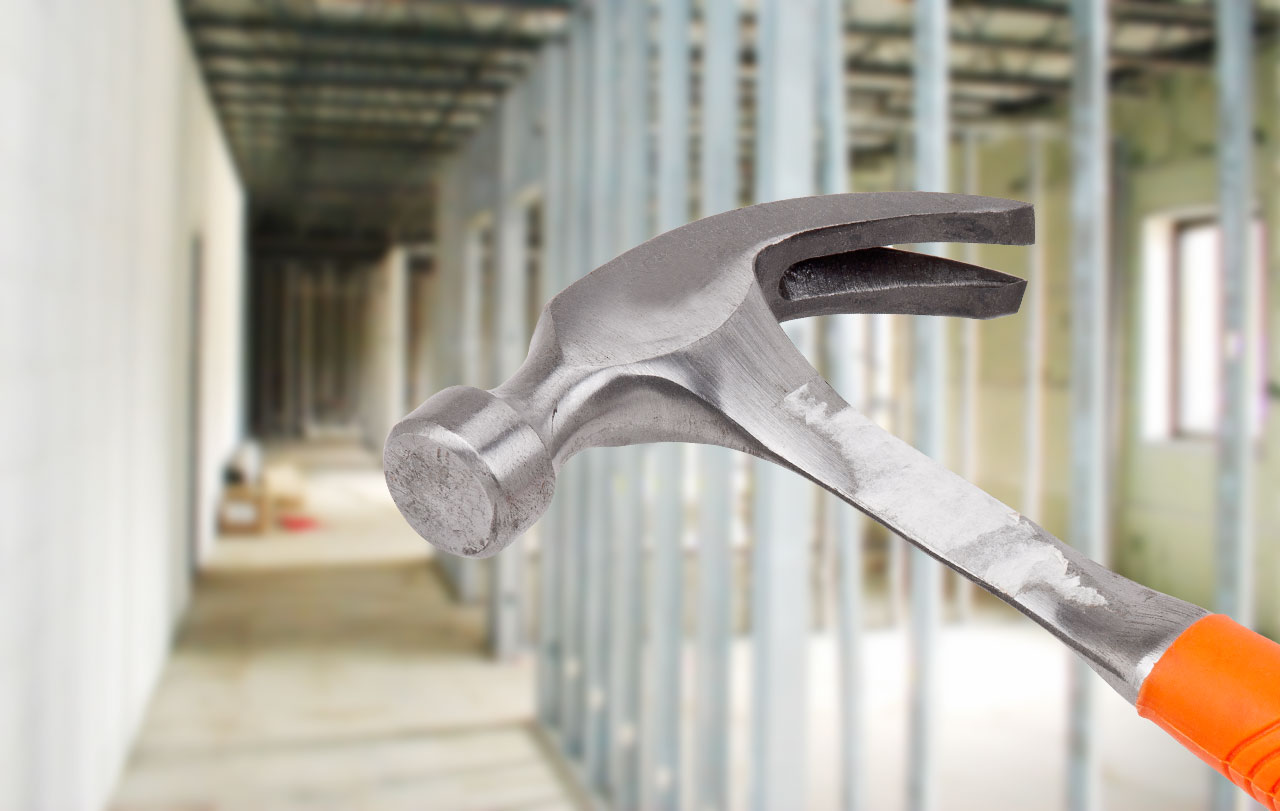There are many things to take into consideration when negotiating a commercial lease or renewal. The leasehold allowance – also known as the tenant incentive, tenant inducement, or TI money – is one of the most important. This is the amount of money a landlord gives a tenant for leasehold improvements or customizations to the space. With the landlord’s approval, a commercial tenant can renovate or build out the space to suit their specific needs. This amount is negotiated prior to any commercial lease.
Tenant Allowance
A tenant allowance is inducement money the landlord gives to the tenant for renovations or a build out. This amount doesn’t have to be repaid to the landlord. It just must be allotted towards the cost of construction or tasks like painting and other improvements to the property specifically stated in the lease terms. Typically the tenant is responsible for covering the costs of fixtures or equipment.
While a landlord is looking to incentivize the tenant with TI money, they want to keep their allowance offer as low as possible. They want the tenant to accept the rental rate at face value but almost always offer a lower allowance than what could be achieved. A tenant will usually try to negotiate a higher tenant allowance with the rental rate staying the same. The landlord will naturally want to up the rent if they’re forking over a higher allowance.
You MUST pay careful attention to HOW the landlord is paying your tenant allowance. Many people assume they’re handed a check once the lease is signed. While you certainly can get a check before construction begins, this is a rare occurrence.
Most of the time, the tenant is reimbursed after the contractor is done and certain conditions specified in the lease are met. Tenants would be smart to have some amount of credit or cash on hand to cover costs until the landlord pays out the allowance. Tenants can, however, negotiate for a percentage of the allowance up-front. Just make sure this is stated in writing.
Landlord’s Work
Some landlords will want to use their own money to renovate the premises. They may have contractors on staff or have a working relationship with a local tenant improvement construction company. Remember the following when negotiating such a deal:
- If you want a higher tenant allowance, go into negotiations prepared.
Have an estimate ready from a tenant improvement construction contractor of your choosing. This lets you present a preliminary design to the landlord so they know and understand your exact requirements. You also come into negotiations with a quote of your own to compare it to that of the landlord’s contractor. This gives you more leverage when trying to negotiate the maximum allowance. - Always keep in mind that buildouts tend to cost more than originally anticipated. This is why having multiple quotes is important. The better you have all your ducks in a row, the less likely it is that you’ll come up $25K to $50K short.
- Be sure to ask the landlord or leasing rep what your tenant inducement package includes. This also needs to be detailed in the the lease agreement itself.
- Every landlord is different. Some may be willing to pay 100%
of your leasehold improvements. Others will offer a limited amount. Generally, if you’re open to paying a slightly higher rental rate, you’ll be able to find a landlord open to paying for all leasehold improvements.

